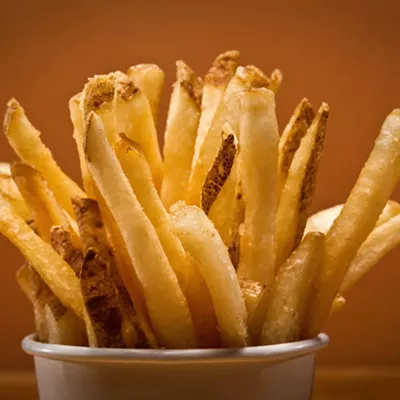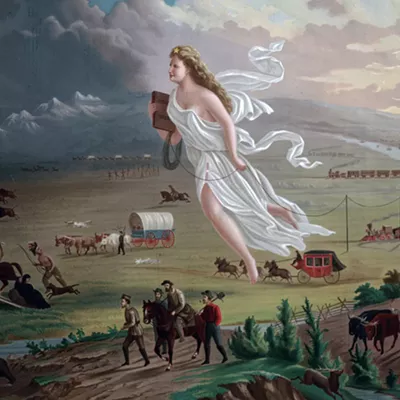The shocker: Washington doesn’t even place among the top 10. It rates highly in many health and lifestyle indicators — third-lowest in smoking, sixth-highest in clean water, 10th in managers who “treat you like a partner.” But it ranks much worse in economic outlook and expectations: 36th in job creation, 32nd in share of workers with full-time jobs, 34th in perceived standard of living, and 22nd in whether a city or area is generally “getting better” or not.
Crunch these all together and Washington comes in 12th among the states, just behind Massachusetts, Maryland and South Dakota and narrowly ahead of Kansas. But it’s well behind Utah, Gallup’s runaway winner as best place to live in the decades to come. Minnesota, Colorado, Nebraska, North Dakota, Virginia and Hawaii round out the top eight. West Virginia, Kentucky and Mississippi come in last.
It’s no surprise that North Dakota, whose unemployment rate is lower than Mitt Romney’s taxes, tops the economic indicators. Nor that Utah, with so many abstemious Mormons and overcompensating Outside readers, scores lowest in smoking and high in other health indicators. But these findings should still be taken with several grains of salt.
First, coming from Gallup, they’re based on self-reporting rather than data crunching. That opens the door to all sorts of biases, as in the famous factoid that suicide rates were higher in Scandinavia than anywhere else. (Turns out they’re lower there than in many other European and Asian countries. The Scandinavian authorities were just more forthright about reporting suicides.)
Second, the criteria are a grab bag, as Gallup concedes: “The selection of the 13 metrics was not based on any statistical model, but on their presumed relevance to future livability.”
Most important, Gallup did not consider the factor that will likely make the biggest difference in livability: climate. If a place gets too hot and dry and storm-wracked, or becomes inundated by rising seas, it won’t support the same life it does now.
This summer has brought another foretaste of climate changes to come, as drought and near-record heat seared the heartland and southland. In June and July, national weather maps became exercises in schadenfreude: While most of the country blazed in the orange and red of 90- and 100-degree-plus temperatures, two tongues of cool green reaching down the coasts of Maine and Washington beckoned.
My neighbor met a woman who’d just moved here from Texas. “Climate refugee?” he joked. She didn’t laugh or give him a WTF look. “Of course,” she said.
Eric Scigliano is a writer in Seattle. This article first appeared on Crosscut.com.
















